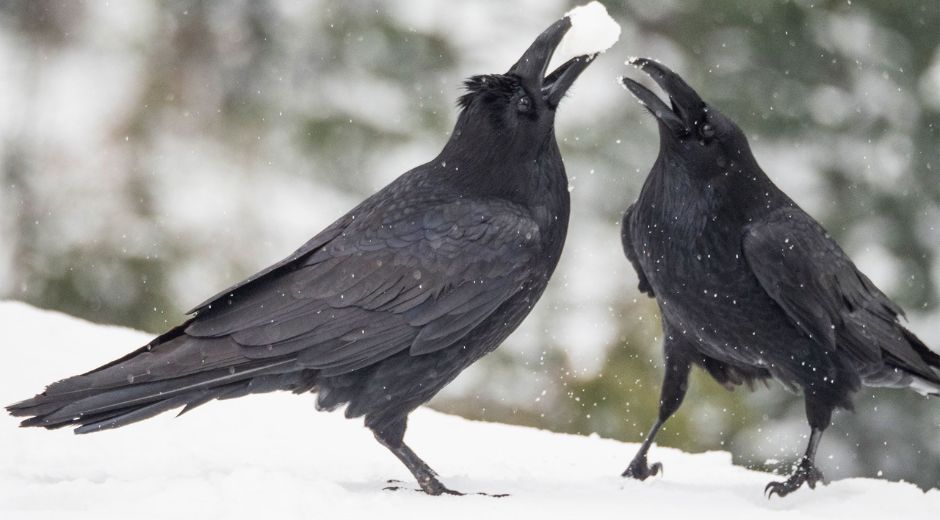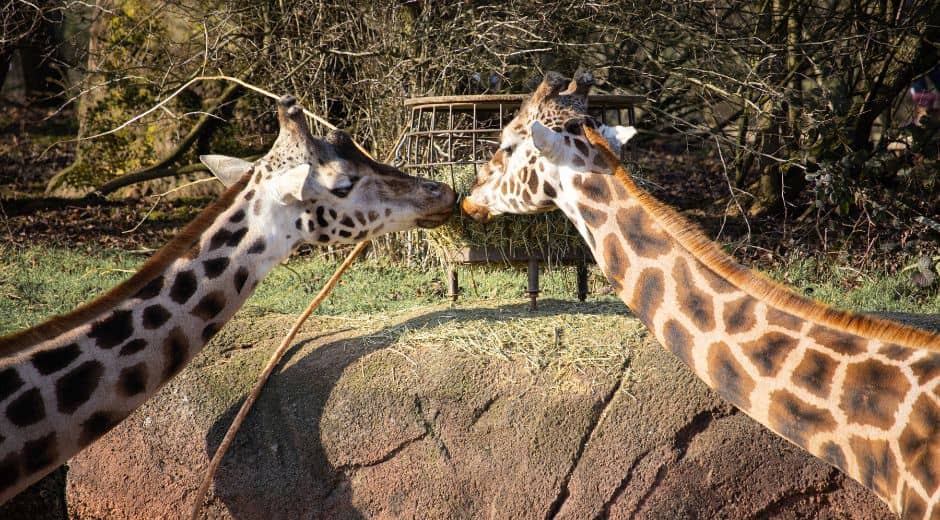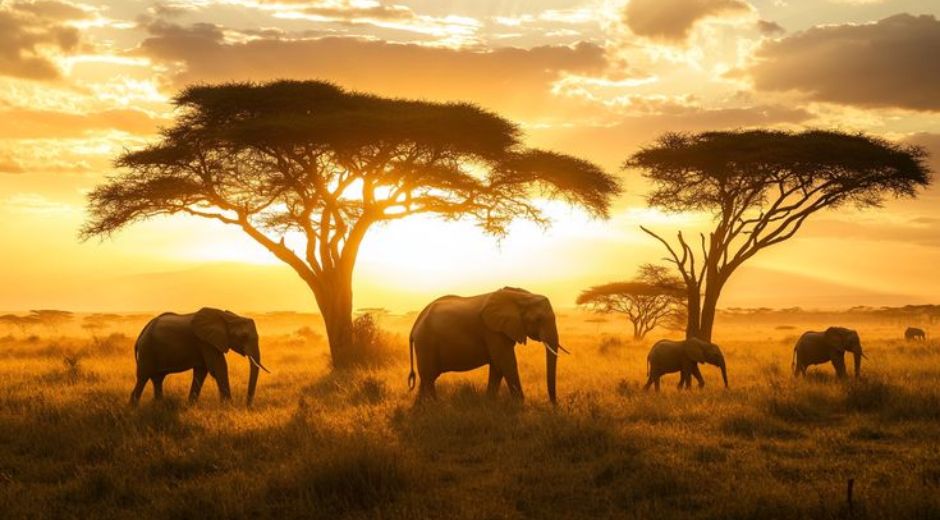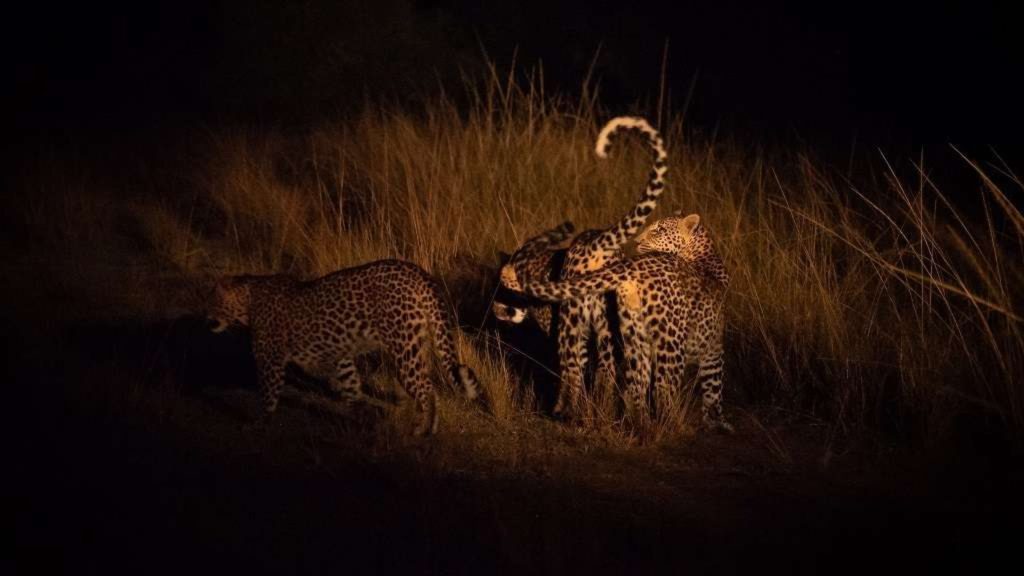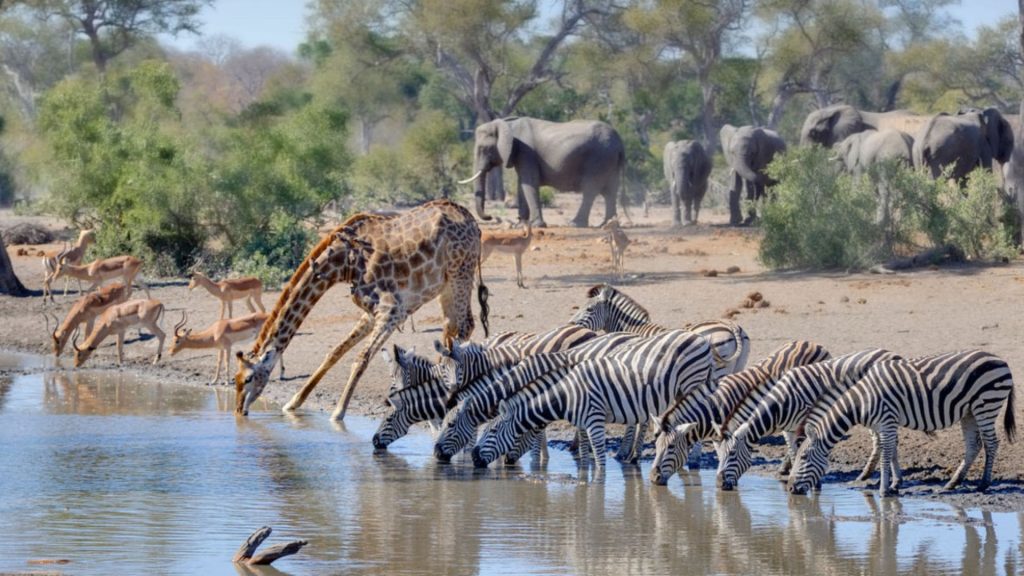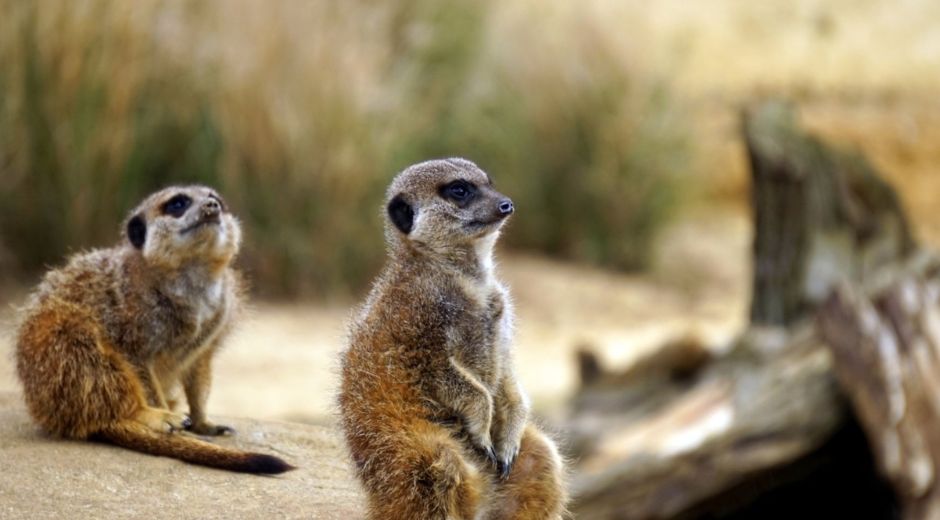Mirror Minds: Social Learning in Crows and Ravens
Mirror Minds: Social Learning in Crows and Ravens
The world of animal intelligence is vast and surprising, but few creatures challenge our understanding of cognition like crows and ravens. Often seen as dark omens or mischievous tricksters, these birds actually possess a deep social intelligence that mirrors many human traits. They use tools, remember faces, and even teach each other survival tactics. Within their flocks, knowledge spreads not by instinct alone but through what researchers call Mirror learning—the ability to observe, imitate, and adapt based on the actions of others.
For centuries, crows and ravens have fascinated scientists and storytellers alike. Ancient myths cast them as symbols of foresight and wisdom, but only modern research has begun to reveal how accurate those myths truly were. Their ability to reflect behaviors, problem-solve in groups, and display empathy demonstrates a remarkable level of consciousness in the animal kingdom.
The Social Structure of Corvids
Crows and ravens belong to the corvid family, which also includes magpies and jays—species known for complex behaviors and communication. These birds live in tight-knit communities where cooperation defines survival. Each group operates as a small social network, where young birds learn not just through instinct but through observing elders.
This Mirror process of imitation ensures that important survival skills—like finding food, identifying predators, and using tools—are passed down efficiently. Scientists have observed crows learning to drop nuts on roads so cars can crack them open, and younger crows quickly Mirror this tactic after watching. The behavior spreads through generations without any direct teaching, showing that imitation is a form of inherited knowledge through observation.
Cognitive Reflection: How They See Themselves
One of the most fascinating discoveries about corvids is their performance in self-recognition tests. The classic Mirror test, used to assess animal self-awareness, involves placing a mark on a subject’s body where it can only be seen using a mirror. When the animal uses the reflection to investigate or remove the mark, it shows an understanding that the reflection represents itself.
Crows and ravens have shown behaviors that indicate this kind of recognition. Although their anatomy limits how they physically respond, they demonstrate awareness by investigating the mark and changing their posture when facing the Mirror. Such findings blur the boundary between instinct and consciousness—suggesting a reflective intelligence previously thought to belong only to primates and dolphins.
On a symbolic level, the Mirror becomes not just a scientific tool but a metaphor for introspection. It invites us to reflect on how intelligence develops through connection, community, and imitation.
Communication and Emotional Learning
These birds are not only visual learners but also emotional communicators. Within a flock, individual crows develop trust, warning systems, and even grief responses when one of their own dies. Studies show that crows gather silently around fallen members, seemingly engaging in collective reflection.
This behavior mirrors emotional learning—a process where observing the reactions of others shapes future decisions. For instance, if one crow shows fear at a specific human face, others will remember and Mirror that fear response the next time they encounter the same person.
Such intricate memory networks show that corvid communication extends far beyond simple calls. Each tone, gesture, or vocalization carries social meaning. As https://www.animalplanet.com/ often illustrates through its documentaries, these species’ emotional intelligence challenges our definition of animal behavior itself.
Tools, Teaching, and Technological Parallels
The ability of crows and ravens to use tools is well-documented. They bend wires into hooks to retrieve food, drop pebbles into water to raise the level and reach floating treats, and remember multi-step puzzles. What’s more, they pass these learned behaviors to peers and offspring through Mirror imitation.
This behavior reveals a proto-culture—a shared body of knowledge passed through observation, not genetics. In human terms, this represents the foundation of learning, technology, and innovation. As seen on platforms like https://zoopora.com, this type of intergenerational behavior echoes the ways humans preserve tradition, skill, and innovation through demonstration and adaptation.
Interestingly, researchers studying AI systems draw inspiration from animal cognition. Just as neural networks “learn” patterns through repeated examples, corvids Mirror one another’s actions until they master a skill. Their intelligence is adaptive, scalable, and constantly refined—qualities that make them natural models for machine learning studies.
Economic and Environmental Impact
Beyond their intellectual marvels, crows and ravens play crucial ecological roles. They control pest populations, clean carcasses, and disperse seeds, ensuring the regeneration of habitats. In agricultural contexts, their problem-solving behavior helps maintain ecological balance.
On a broader scale, recognizing and protecting intelligent wildlife has long-term value for sustainable development. Just as https://financeworldhub.com/ discusses in relation to economic ecosystems, biological intelligence—like that shown by corvids—forms part of a global balance that influences resources, food security, and even innovation. Investing in biodiversity protection is therefore not just environmental ethics—it’s smart economics.
Mirror Intelligence: What It Means for Us
The lessons from crows and ravens go beyond biology. Their Mirror-based social learning reveals the roots of empathy, culture, and shared memory. They remind us that intelligence doesn’t evolve in isolation but thrives in community.
Humans, too, grow through imitation. Children learn by observing parents; artists learn by studying masters; societies evolve by reflecting on one another’s progress. The same principle guides both evolution and civilization: the ability to Mirror and adapt.
Even more profoundly, understanding animal cognition helps us question the boundaries of consciousness itself. If birds can plan, grieve, imitate, and teach, then intelligence exists on a continuum rather than as a uniquely human trait.
Conclusion
Crows and ravens are more than symbols of mystery—they are Mirror minds of the natural world. Their ability to reflect behaviors, learn socially, and adapt creatively bridges the gap between instinct and awareness. Through careful observation, we’ve discovered that these birds embody a subtle intelligence rooted in connection.
The next time you see a crow watching from a telephone wire, remember that it might be studying you, too—learning, adapting, reflecting. Protecting such species means preserving a mirror into our own evolution, a living reflection of intelligence shaped by community and curiosity.
The Mirror between human and animal learning continues to reveal how deeply interconnected all thinking life truly is.
Wildlife Behavior Curiosity
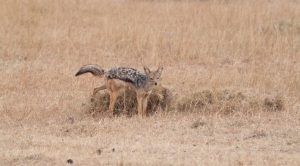
Territory and Animal Behavior, How Species Claim Their Space
Explore how animals establish and defend territory, why space matters for survival, and how territorial behavior shapes ecosystems.

Wilderness and the Human Spirit, Finding Balance in Nature
Explore how the wilderness awakens creativity, calm, and self-discovery, guiding people back to balance in an increasingly digital world.

Training and Trust: Building a Stronger Bond with Your Pet
Discover why biodiversity is vital for ecosystems, climate balance, and human survival, and how conservation protects life’s intricate web.
